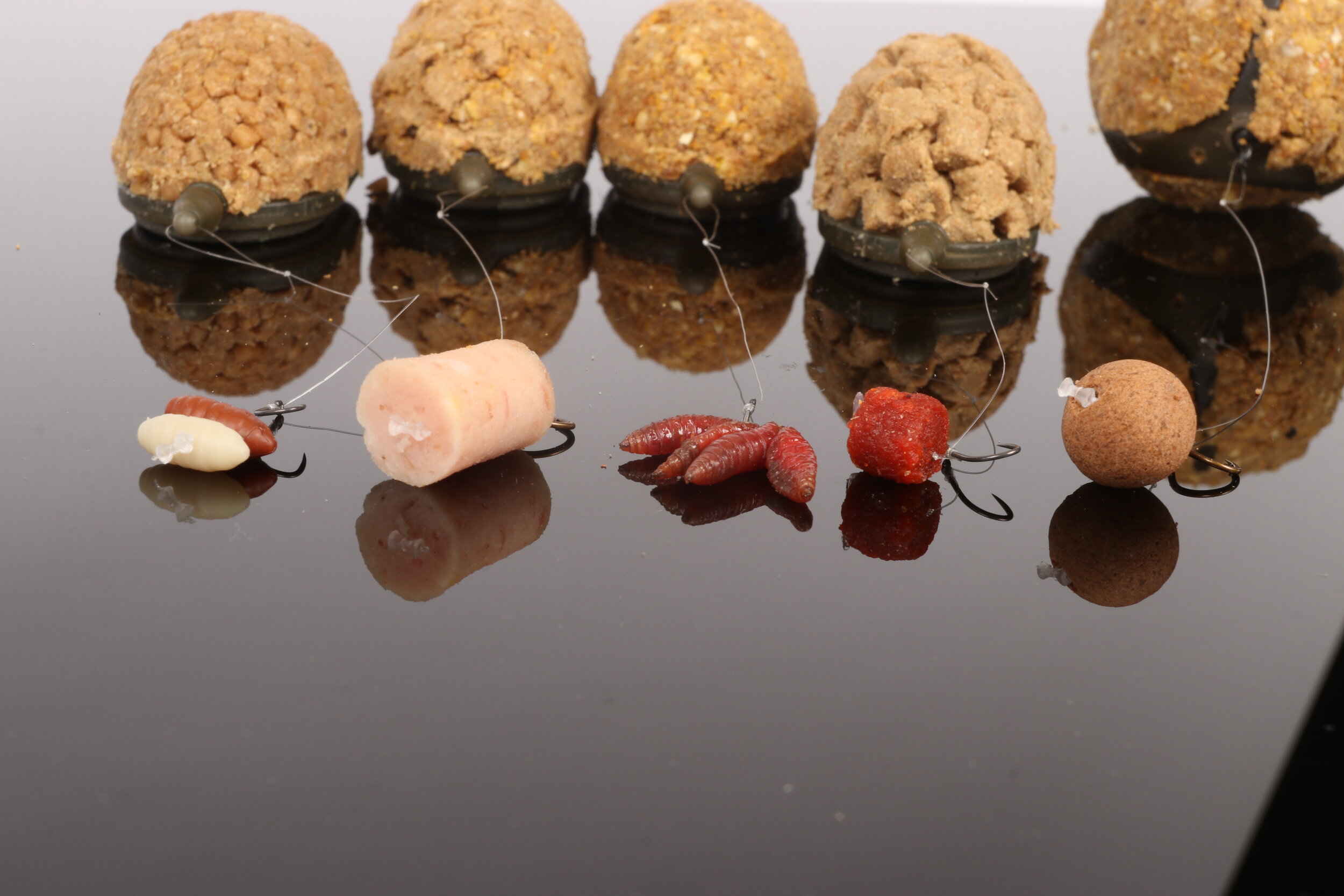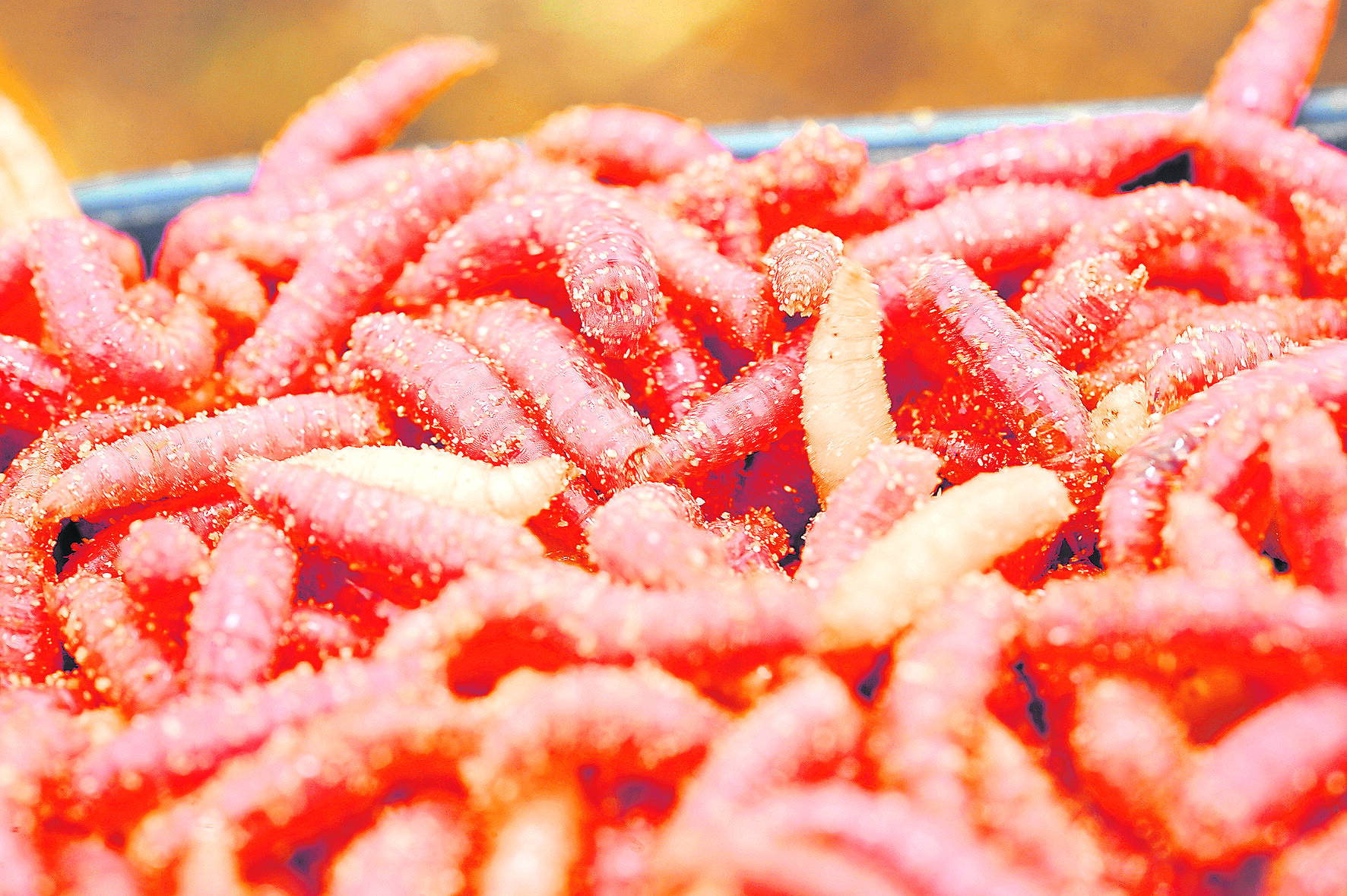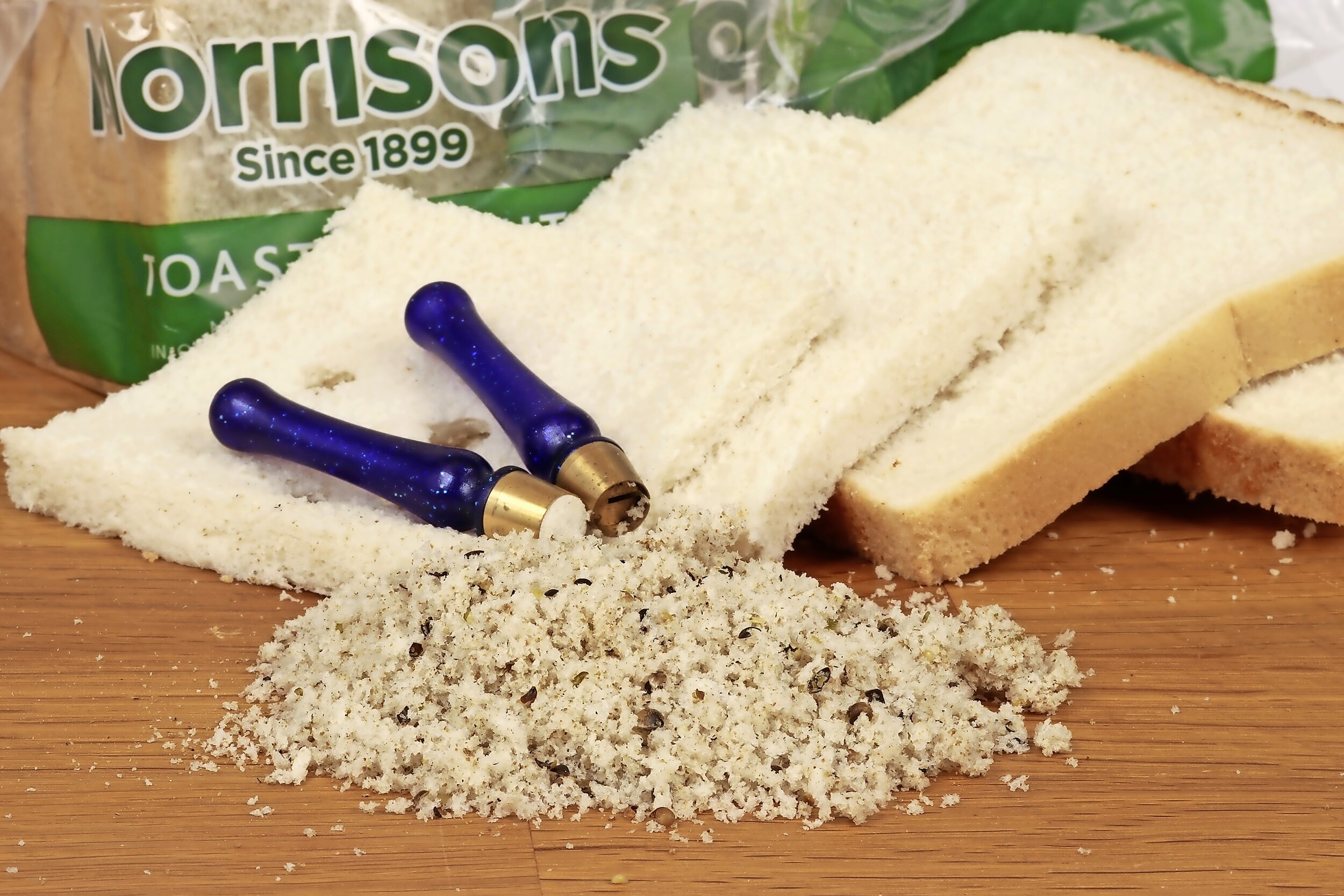Five baits that you must use when coarse fishing!
Check out bait expert Dr Paul Garner's best choices for bait this year...
Choosing just five baiting tactics that you must use for when you go fishing has been a surprisingly difficult task for me. It’s a case of being spoilt for choice – after all, there are just so many ways to catch fish and almost as many baits to use.
In the end my list came down to baits that will not only catch you more fish, but ones that will help you bag a new personal best and experience some high-adrenaline fishing. You’ll notice that soft plastic lures for perch fishing appear on the list – although these are artificial baits, they are fished very much like naturals, and are just as effective.
Here are my top five baits to use – you won’t be disappointed!
1) Catch carp on surface baits
There is no better way of catching carp than off the top, especially if you can get them feeding close in. That heart-in-mouth moment when a big pair of lips engulfs your hookbait and the line tightens is a million times more exciting than sitting behind a set of buzzers.
Yet still so few people have caught on to the adrenaline rush – in the main, I guess, because it can be a frustrating tactic as the carp refuse point-blank to eat your hookbait. Take my advice and find a well-stocked venue to begin your surface fishing quest. Take some 11mm floating pellets and catapult these upwind of any carp you spot sunning themselves on the surface. Now wait.
Don’t even think about making that first cast until the carp are charging from one bait to the next in a race to beat their shoal-mates to the free grub. Only then is it time to flick a freelined pellet or marshmallow out – and success will be virtually guaranteed.
2) Target perch on lures
Numbers of big perch are booming at the moment, although history tells us that this won’t necessarily always be the case – back in the 1960s our stocks were almost wiped out my a mystery disease, and that could happen again without warning.
All the more reason, then, to make sure you bag yourself a specimen stripey this year. While the humble lobworm or a small livebait will account for a lot of chunky perch, soft plastic lures take some beating if you want to net a real biggie.
Drop shotting is the method of the moment – but it is not the only lure fishing technique to use. With the weight anchoring the small soft plastic grub tight to the bottom, drop shotting is great on days when the perch are close to the bottom. This is especially the case during cold weather.
Much of the time, though, perch can be found in midwater and a drop shot is likely to present a lure too deep. Switching to a bright green 2ins-3ins long paddle tail lure on a tiny 1/4oz jig head is then much more effective, as it can be retrieved at any depth. Simply count the lure down as it sinks, start close to the bottom and then with each cast reduce the time before you start the retrieve to fish at different depths.
3) Make your own gel hookbaits
With a plethora of brilliant baits available straight from your local tackle shop, you may wonder why I still insist on making many of my own baits. It has to be said that I enjoy ‘messing about with bait’, but I genuinely believe that making your own gives you the freedom to come up with something a bit different from the norm.
I think my home-made gel baits definitely give me an edge. I often use them with the Method feeder, but they are just as useful for other tactics. Using gelatine or Veg-e-gel powder, available from the cooking section of supermarkets, I can set any liquid or powdered additives into a firm bait that literally melts slowly in water. Best of all, I can make a batch of bait in just five minutes. This is very different to other Method hookbaits, and has caught me fish on days when other baits have failed to work and gives me total control of the bait I use.
4) Spray pellets for chub
On my West Midlands rivers chub numbers are booming, with shoals of hungry two to five-pounders providing fantastic sport on float and feeder. These fish have grown up seeing pellets nine months of the year, thanks to barbel anglers. So pellets are obvious baits to target these chunky chevins.
A small Kamasan Blackcap feeder loaded with 3mm pellets works well, but not only more effective, but much more fun is to fish a pellet waggler tight against far-bank overhangs and spray 6mm pellets.
Expect bold bites as the chub compete for the free food. For best results keep a constant flow of pellets going in – the longer you feed, the more the chub will lose their natural wariness and the more fish you will put in the net.
5) Use boilies for specimen barbel
If a big barbel is at the top of your bucket-list for 2017, take my advice and use boilies. You may not catch as many, but my trials have revealed a massive increase in the average size of the fish I have caught on big baits.
Don’t be afraid to go-large either – 18mm or 20mm baits, fished either singly or doubled-up, make a decent mouthful for a double-figure barbel. Expect to catch few male fish under 7lb, but the large females will be suckers for a decent meal.
Most barbel tend to be caught on savoury-flavoured boilies, simply because that is what most people use, but dare to be different. Sure, you will catch on meat or fish-flavoured baits, but curry spices work great, especially in colder conditions, and I have found sweet flavours to be equally effective. Chances are no one else will be using them.
There is no point in feeding hemp or pellets if you are fishing with large boilies. Stick to just large baits, introducing a handful of bait on a PVA stringer and catapulting the odd boilie upstream to top-up the swim.















